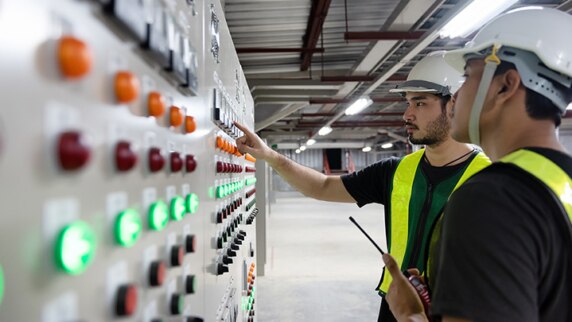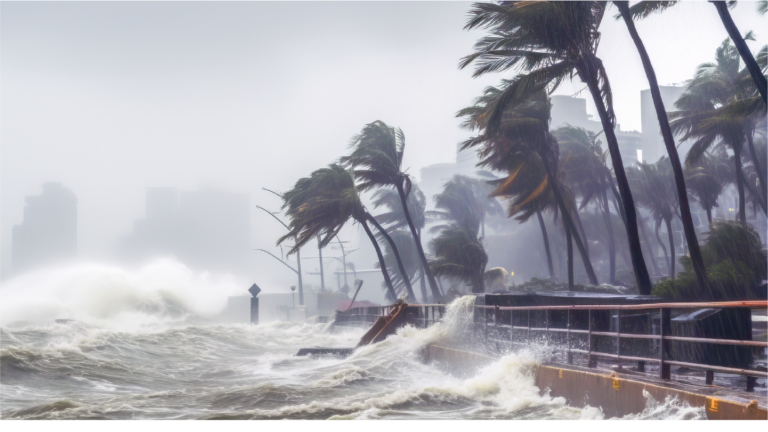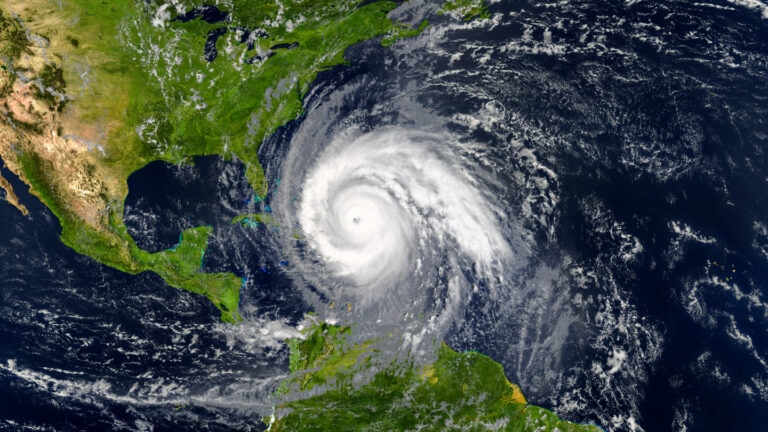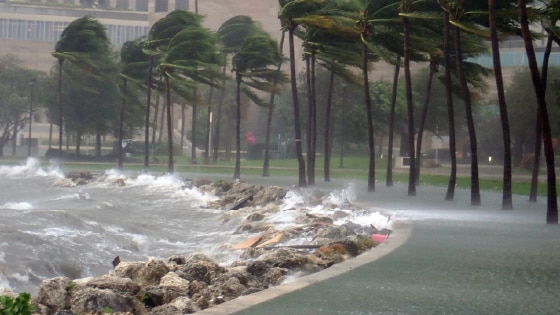
Many businesses have had to shut down production lines and equipment due to ongoing impacts of supply chain and labor shortages, and longer-term shut downs often result in limited upkeep and/or routine maintenance. As operations reopen, it is important to address potential safety issues associated with restarting your equipment.
Equipment commonly affected as a result shutdowns includes:
- Electrical
- Heating, Ventilation, Air Conditioning (HVAC)
- Boilers
Discuss the following questions with qualified operators of the equipment and/or certified vendors before starting operations:
- Was the equipment properly shut down?
- Has the equipment been properly maintained?
- Have all the required inspections and testing been conducted?
- Is the equipment ready to be restarted?
Exercise caution when restoring equipment that could potentially energize other equipment downstream and/or release potential energy from such equipment. Failure to do so could cause damage to equipment and injury to personnel.
Electrical
Electrical equipment is not limited to transformers, switchgears, and motor control cabinets, but also includes motors, generators, computer servers, and any equipment requiring electricity to operate.
Humidity and moisture can affect idle electrical switchgears, transformers, motor coil windings, and rack-mounted electronics by infiltrating into critical components. Under normal circumstances, equipment operations generate enough heat to prevent the condensation; however, in the absence of such operations, condensation can occur, causing potential issues leading to failure.
Electrical equipment should be inspected, and any maintenance should be performed while the demand on these systems is greatly reduced. With reduced demand, testing and repairs can be completed without the need to schedule major outages.
See Thermography Testing, for additional information.
HVAC
As we move into warmer weather, and with many buildings not currently occupied, HVAC systems may be running minimally or be shut down completely. Along with manufacturer-recommended practices, we recommend that HVAC systems go through a startup process in keeping with how the systems would be inspected, started, and tested per manufacturer recommendations. A good place to start is ASHRAE Standard 180-2018, Standard Practice for the Inspection and Maintenance of Commercial Building HVAC Systems.
At a minimum:
- Always check with local building officials and jurisdictional authorities to determine whether any type of inspection may be required before returning a system or component back into service.
- Work with a licensed HVAC service company to address any maintenance requirements or issues.
- Visually inspect all equipment, and all water and air distribution systems for signs of leaks; dust and dirt accumulation; damaged insulation systems; or possible fungal growth on coils, drain pans, inside casings, air distribution devices, and on ceilings and building finishes.
- For all air systems, check outdoor air intakes to make sure they are clear of debris and obstructions. Clean bird and insect screens and verify control dampers and actuators are functioning throughout their full control range. The same applies for control valves and actuators. Confirm that damper seals are intact, make sure all bearings are lubricated, that drive belts are in good condition and properly adjusted, and that direct-drive fans and variable-speed drives are functioning properly.
Boilers
Before placing the boiler in operation, make sure that a current certificate of operation is posted. Contact our inspection hotline if you have questions concerning inspections and/or certificate of operations:
Inspection Hotline, 1-877-526-0020 or email at LMEBInspections@libertymutual.com
- Prior to starting your boiler, make sure it has been properly inspected and maintained. The entire system must be carefully checked and operating procedures reviewed before the boiler is placed in operation.
- Ensure boiler operators and other responsible personnel, such as supervisors, are up to date on current codes and procedures.
- Check the condition of the boiler and be aware of recent work. If work has been done on or near the boiler, perform a system inspection tracing fuel lines, feed lines, steam and blow off piping, stack, and regulator vent lines.
- Check controls and control panels for evidence of damage, changes, or loose connections.
- Inspect mechanical assemblies such as burner linkage and safety valve springs for paint, dirt, and rust accumulation, which wouldn’t allow for easy movement.
- Check that all ventilation and combustion air openings are clean and free from debris.
- Review the manufacturer’s operation, maintenance, and instruction manual for operation instructions.
- Additional items to include:
- Verify boiler’s water level and test the low water fuel cutoff.
- Verify the fuel train valve position.
- Clean the flame scanner.
- Verify that peep sights on the burner and boiler are clean.
- For steam boilers, verify operation of the feed/condensate system.
- For water boilers, verify there is air in the expansion tank and that makeup water is available.
- Verify that electrical power is available to both the blower (power burners and induced draft) and control circuit.
Additional resources
Related insights
Our risk control services are advisory only. We assume no responsibility for: managing or controlling customer safety activities, implementing any recommended corrective measures, or identifying all potential hazards. No attempt has been made to interpret any referenced codes, standards, or regulations. Please refer to the appropriate government authority for interpretation or clarification.
This website is intended to be informational. Descriptions are provided only as a summary outline of the products and services available and are not intended to be comprehensive and do not constitute an offer to sell or a solicitation. The products and services described may not be available in all states or jurisdictions. See your policy, service contract, or program documentation for actual terms, conditions, and exclusions. Any inquiries regarding the subject matter set forth herein should be directed through licensed insurance professionals.
Coverage and insurance are provided and underwritten by Liberty Mutual Insurance Company or its affiliates or subsidiaries. When we offer insurance products, we will state clearly which insurer will underwrite the policy. Some policies may be placed with a surplus lines insurer. Surplus lines insurers generally do not participate in state guaranty funds and coverage may only be obtained through duly licensed surplus lines brokers.



